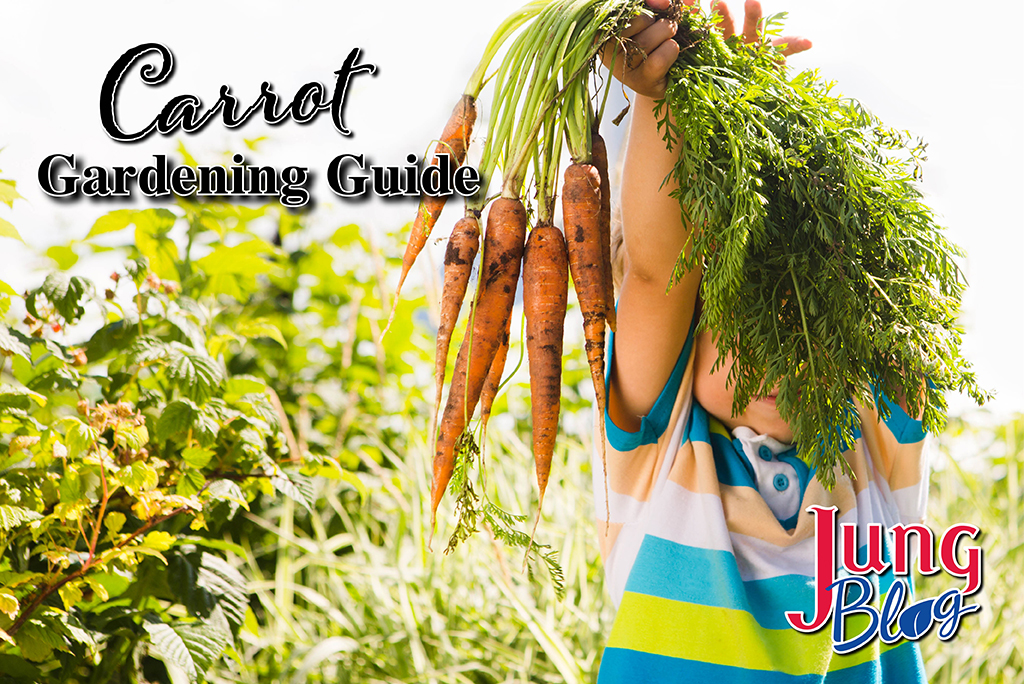
Carrots, with their vibrant orange hue and crisp, earthy flavor, have long been a beloved staple in kitchens and gardens around the world. These versatile root vegetables not only add a burst of color and crunch to salads, stews, and stir-fries but also boast an array of health benefits. Whether you’re an experienced gardener or a novice enthusiast, cultivating your own carrots can be a rewarding and fulfilling experience. From selecting the right varieties to nurturing them through each stage of growth, the journey of growing carrots allows you to connect with the earth, witness nature’s wonders, and ultimately enjoy the sweet satisfaction of harvesting your very own homegrown carrots.
Carrot Care At A Glance
- Cool season, biennial plants are grown as annuals for spring or fall crops.
- Most carrots prefer loose, well-drained organically rich soils.
- Carrot seeds can be raw, pelleted, or seed tape. Each with individual planting rules.
- Maintain proper planting depth with consistent moisture, proper spacing, and nutrition.
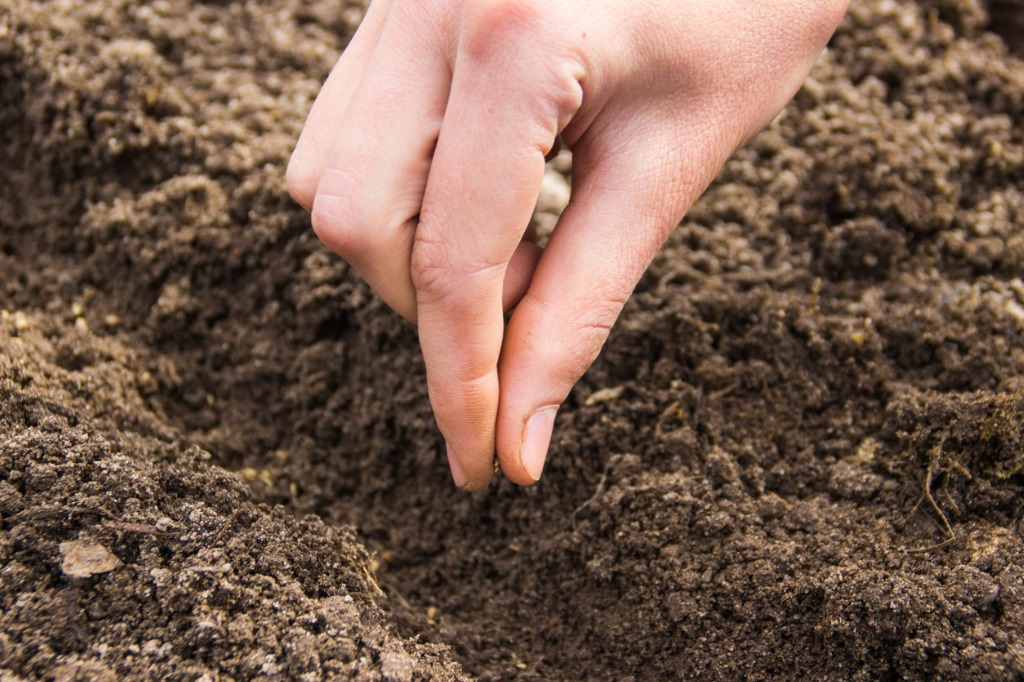
Carrot Planting Instructions
Follow seeding instructions similar to other root crops.
- Carrot seeds can germinate in cool soils, but germ faster with warmer soil temps.
- Sow when soils have warmed to at least 60°F, for germination in 7-14 days.
- For optimal germination, tiny, pelleted, or taped carrot seeds require good seed-to-soil contact.
- Ensure soil is loose, and well-cultivated with ample amounts of organic matter that retains moisture.
- For raw seeds, sow 1/4 in. deep, 1-2 in. apart in rows about 12 inches apart, and water gently but thoroughly.
- Once seedlings emerge and have 2-3 sets of true leaves thin to 4 inches apart.
- For pelleted seeds, sow 1/4 in. deep 3-4 in. apart, and thin as needed after emergence.
- For seed tape, cut to the desired length, lay tape in 1/2 in. deep furrow, and cover with 1/4 inch of media, then water gently but thoroughly.
- Covering tiny carrot seeds with cheesecloth or burlap helps to hold seeds in place & avoid washouts from heavy rain or watering.
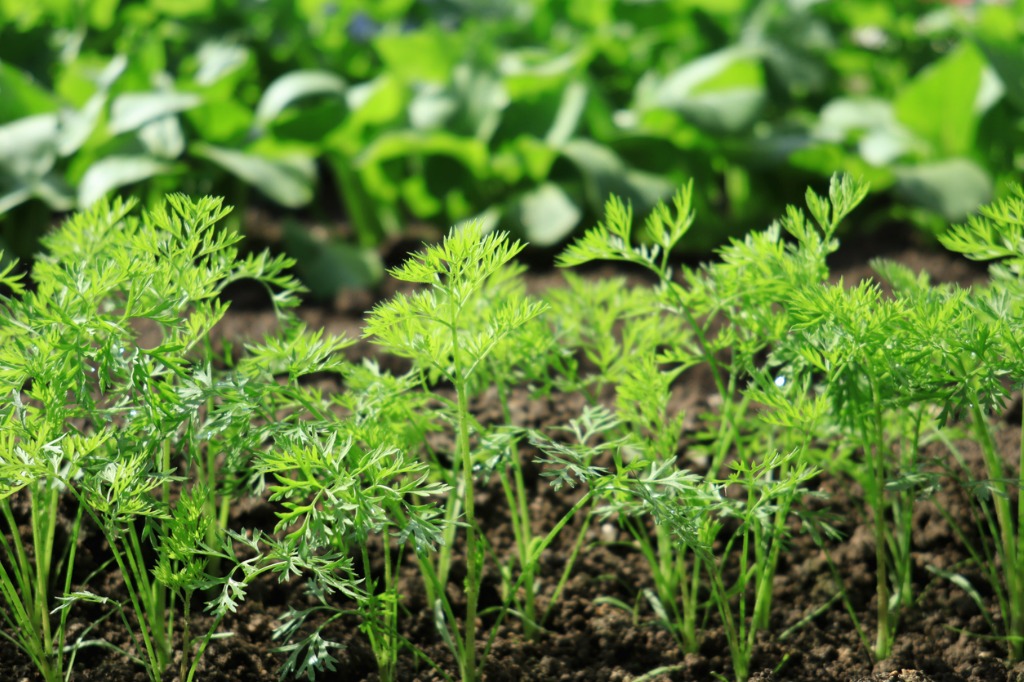
Common Seed Germination Problems
- Most commonly caused by lack of moisture.
- Soil temperature too is low for the expected number of days for germination.
- Seeds are sown too deep.
- Seeds physically dislodged seeds from rain or heavy watering.
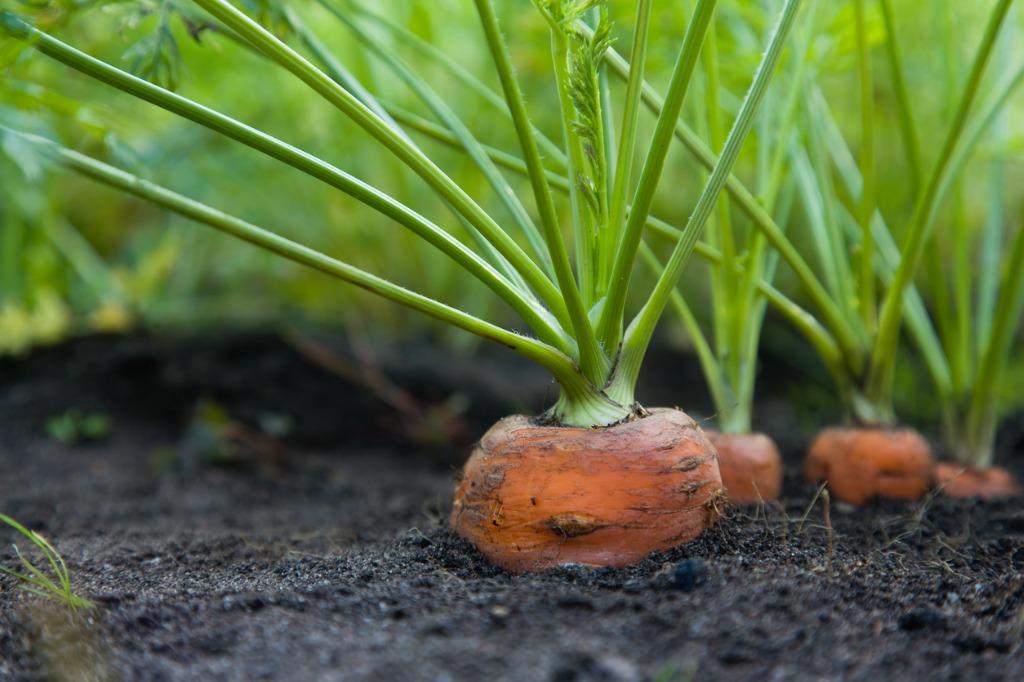
Carrot Types & Varieties
- Amsterdam / Baby or Bunching – Small, slender finger-shaped carrots. Excellent for eating raw. Generally fast maturing.
- Nantes – Larger than Amsterdam types, popular summer crop with good storage capacity. They perform well in heavier soils. Nantes have conical shapes but are short with rounded blunt tips with thinner foliage. Shorter storage.
- Chantenay – Medium-sized roots with conical shape typically with broad shoulders with rounded tips and vigorous growing foliage. Good storage capacity and is often used for processing.
- Danvers – Medium-sized carrots with strong shoulders and tapering to a point. Danvers are shorter than Imperator types but longer than Chantenay. Deep soil cultivation is recommended. Strong foliage and tolerant of heavy soils. Carrots that store well and are used for fresh eating or cooking and canning.
- Imperator – Vigorous foliage, forming long, slender, sugary-flavored carrots. Prefer deep, loose soils, cultivate to 10-12 inches for full development. Often used for juicing due to its high sugar content.
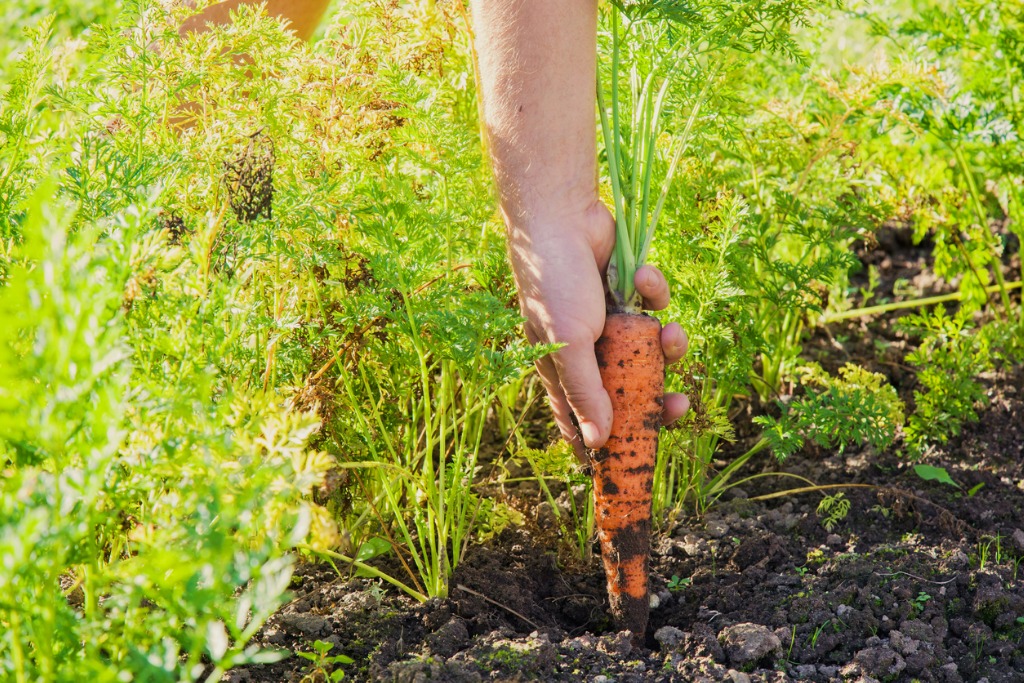
Carrot Growing Tips
- Adhere to proper bed prep and deep cultivation for the best results.
- Like other root vegetables, carrots are strong feeders, but high-nitrogen soils yield big tops with little to no roots. Utilize organic fertilizer with 3-5-3 or 5-3-3 formula at a pre-planting rate of 2-3 lbs. per 100 sq. ft.
- Proper thinning depends on a variety of sizes (See above descriptions)
- Baby carrots should be thinned to 3 seedlings per inch. One to two per inch for small carrots.
- One seedling per 1-2 inches for larger carrot types.
- For late summer sowing for fall crops, sow seeds deeper (1/2 to 3/4 in.) to adjust for warmer, dryer soils.
- Carrots are slow to develop and resent competition from weeds. Hand weed frequently after thinning.
- Prevent green shoulders by top-dressing tops with adjacent soil or fresh compost.
- Twisted misshaped roots can be from inadequate thinning.
- Forked or misshaped roots are usually due to rocky, compacted soils.
- Cultivate deeper.
- Remove rocks or plants in raised beds.
- Add ample amendments to improve drainage and soil composition.
- In some regions forked or misshapen carrot roots are caused by root-knot nematodes. Consult with your county ag extension service to find out if nematodes are present.

The process of growing carrots is a rewarding and fulfilling endeavor that connects us to nature and provides us with a bountiful harvest. From the humble carrot seed to the vibrant orange roots that emerge from the earth, witnessing the growth and development of these nutritious vegetables is a truly remarkable experience. Whether you have a sprawling garden or a small planter on your balcony, the joy of tending to carrot plants, nurturing them with care, and eventually enjoying the fruits of your labor is unmatched. So, dig your hands into the soil, embrace the journey of nurturing life, and savor the sweet taste of success as you harvest your own homegrown carrots. Happy growing!
Other Recommended Reading

- 5 Popular Asparagus Varieties
- An Easy Peasy Guide To Growing Peas
- A Gardener’s Guide To Plant Nutrition
- Grow A Vertical Vegetable Garden
- Summer Vegetable Gardening: Common Problems & Solutions
- 11 Watering Tips For Your Garden
At Jung Seed Co, we strive to be your go-to guide for all your gardening needs. Our YouTube channel The Garden Doctor by Dick Zondag is where he provides gardening tips for all levels of gardeners. When you need reliable gardening advice, turn to the trusted experts at Jung.
If you are in the Wisconsin area, please visit us at one of our Jung Garden Center locations for all your gardening needs. Otherwise, you can browse our website. To receive info on new products, exclusive deals, and specials, be sure to sign up for our weekly email. Join our Facebook page, to discuss all things gardening!
